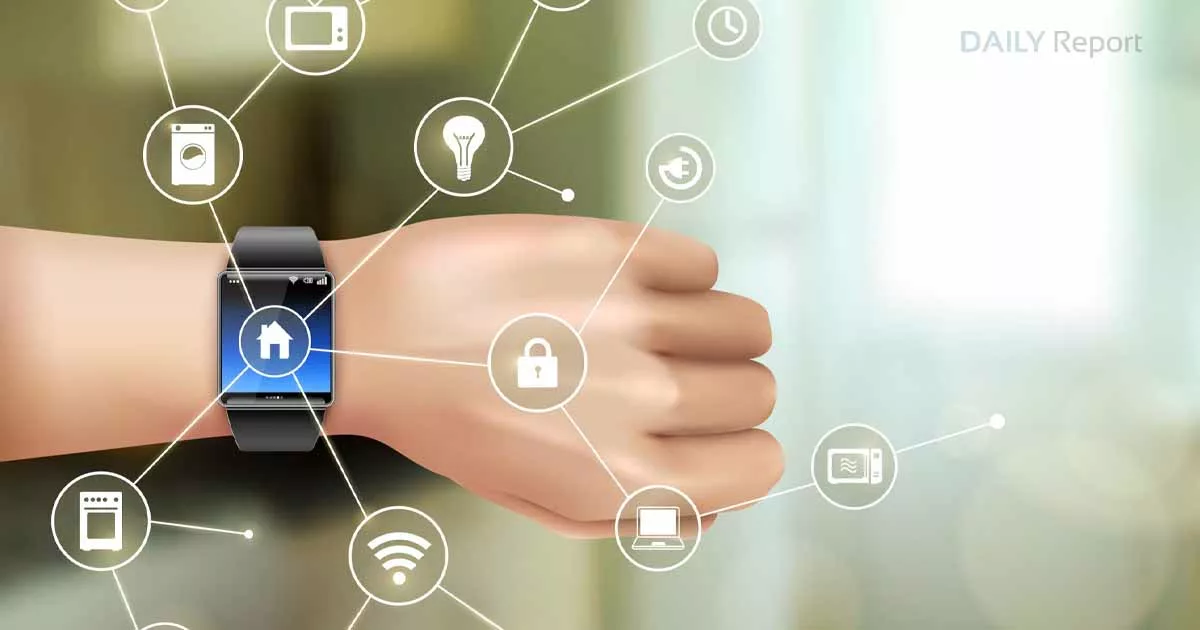The Role of Machine Learning in Smartwatch Technology
In recent years, smartwatches have emerged as one of the most popular wearable devices, revolutionizing the way we interact with technology. These wrist-worn gadgets have evolved from basic timekeeping to sophisticated devices capable of tracking health and fitness metrics, receiving notifications, and even making payments. Behind the scenes, machine learning plays a pivotal role in enhancing the functionality and intelligence of these smartwatches. In this blog post, we will delve into the world of smartwatches and explore the significant role that machine learning plays in shaping their capabilities.
1. Understanding Smartwatch Technology:
To comprehend the role of machine learning in smartwatch technology, let’s first understand the basic components and features of a smartwatch. Smartwatches are equipped with sensors, such as accelerometers, heart rate monitors, GPS, and gyroscopes, to gather various data points. They also have wireless connectivity options, including Bluetooth and Wi-Fi, to sync with smartphones or other devices. With touchscreens and intuitive user interfaces, smartwatches provide a seamless and convenient user experience.
2. Enhancing Health and Fitness Monitoring:
Machine learning algorithms enable smartwatches to accurately monitor health and fitness-related metrics. By analyzing data collected from various sensors, these algorithms can provide valuable insights into a user’s activity levels, heart rate, sleep patterns, and stress levels. For instance, by training a machine learning model on a large dataset of heart rate patterns, a smartwatch can detect irregularities and notify the user of potential health issues such as arrhythmia. Such real-time monitoring and analysis help individuals make informed decisions about their health and well-being.
3. Personalized Recommendations and Coaching:
Machine learning algorithms enable smartwatches to offer personalized recommendations and coaching based on the user’s behavior and goals. By leveraging data collected from sensors and user interactions, these algorithms can understand patterns, preferences, and habits. For example, if a user consistently takes a break from physical activity during a particular time of day, the smartwatch can suggest alternative exercises or provide gentle reminders to stay active. By adapting to individual needs, smartwatches powered by machine learning can provide tailored guidance, enhancing user experience and motivation.
4. Context-Aware Notifications and Alerts:
With machine learning, smartwatches can provide context-aware notifications and alerts, ensuring that users receive relevant information at the right time. By analyzing sensor data, location information, and user preferences, smartwatches can understand the user’s context and deliver notifications accordingly. For example, if a user is in a meeting, the smartwatch can automatically detect the situation through machine learning algorithms and filter out unnecessary notifications or deliver them discreetly. This level of intelligence helps users stay connected without disrupting their daily routines.
5. Improving Battery Life and Performance:
Smartwatches face the challenge of balancing functionality with limited battery life. Machine learning algorithms can optimize power management by intelligently adjusting various settings based on usage patterns and context. For instance, if a smartwatch learns that a user’s activity level is low during a specific time of day, it can automatically reduce power consumption by dimming the screen or disabling certain features. By intelligently managing resources, machine learning algorithms enhance battery life without compromising performance.
6. Real-Time Language Translation:
Machine learning has facilitated real-time language translation on smartwatches, breaking down communication barriers. With natural language processing algorithms and deep learning models, smartwatches can translate spoken or written words into different languages, enabling seamless communication between individuals who speak different languages. This feature proves invaluable for travelers and fosters global connectivity and understanding.
7. Continuous Improvement through Over-the-Air Updates:
Machine learning enables smartwatches to improve and evolve over time through over-the-air updates. By leveraging machine learning algorithms, smartwatches can collect user feedback and data to enhance existing features or introduce new functionalities. This iterative process allows manufacturers to refine algorithms, address bugs, and continuously enhance user experience, ensuring that smartwatches remain relevant and valuable throughout their lifespan.
Conclusion:
Machine learning plays a vital role in enhancing the capabilities and intelligence of smartwatches. From health and fitness monitoring to personalized recommendations, context-aware notifications, and real-time language translation, machine learning algorithms power these features, making smartwatches indispensable devices in our daily lives. As technology advances, we can expect machine learning to further revolutionize smartwatch technology, paving the way for even more innovative and intelligent wearable devices.







